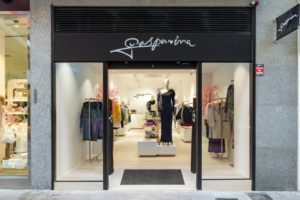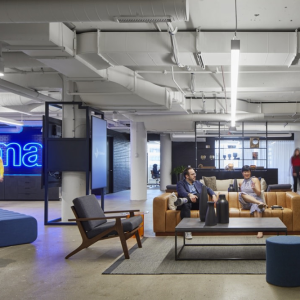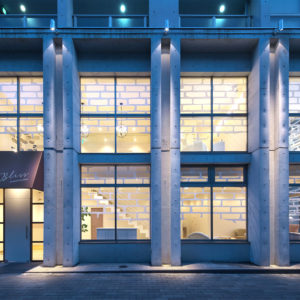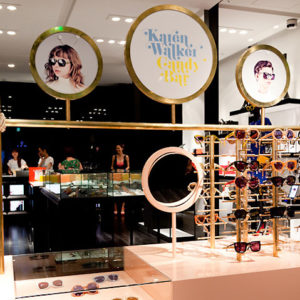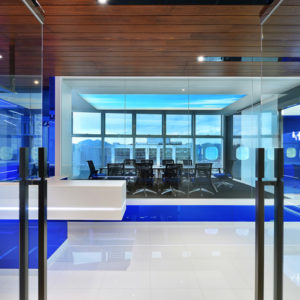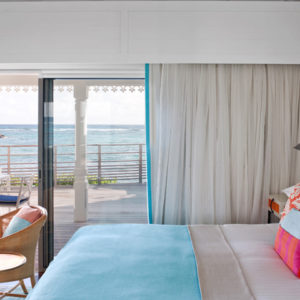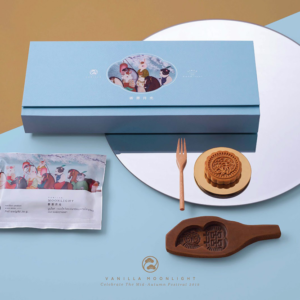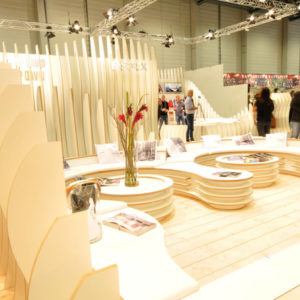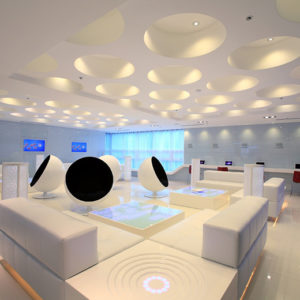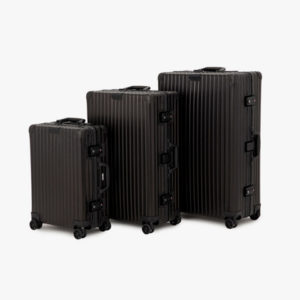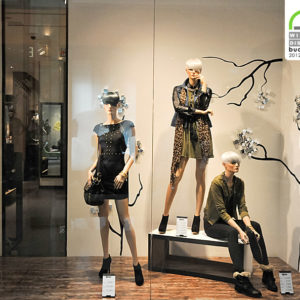
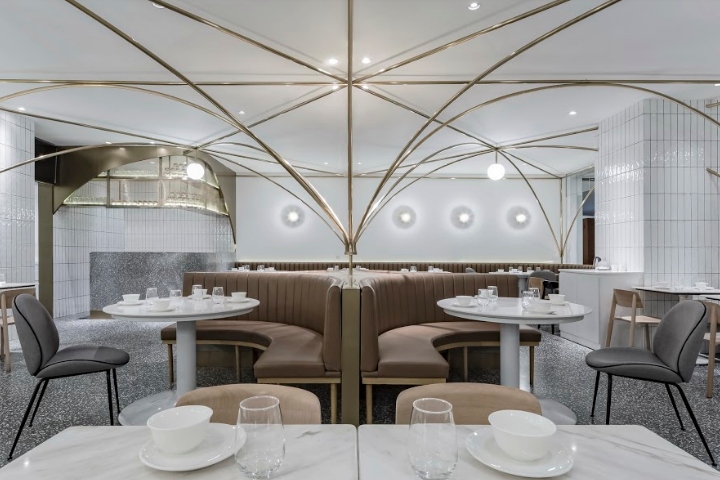

DianDianYiPin is a tea restaurant which comes from Hong Kong. People who have been to Hong Kong know that tea restaurant is really popular because of its conveniences, efficient service and various food. Where there are streets and alleys, there are tea restaurants. Tea restaurant has gradually become an indispensable part of people’s lives and even we can say ‘Tea Restaurant’ has become a symbol of Hong Kong culture.

The origin of the tea restaurant culture can be traced back to after the Second World War British Hong Kong government stage. In early Hong Kong, only high-class restaurants provided western food and it is extremely expensive. Gradually, Hong Kong people was influenced by western diet, and tea restaurants started to provide cheap western food for local people which are coffee, milk tea, red bean ice, sandwich and toast. Some restaurant has bread factory and they can produce egg tart and pineapple buns. The category of food were increasing and the tea restaurant started to combine the western restaurant mode. Until now, tea restaurants normally provide both Chinese food and Western food.
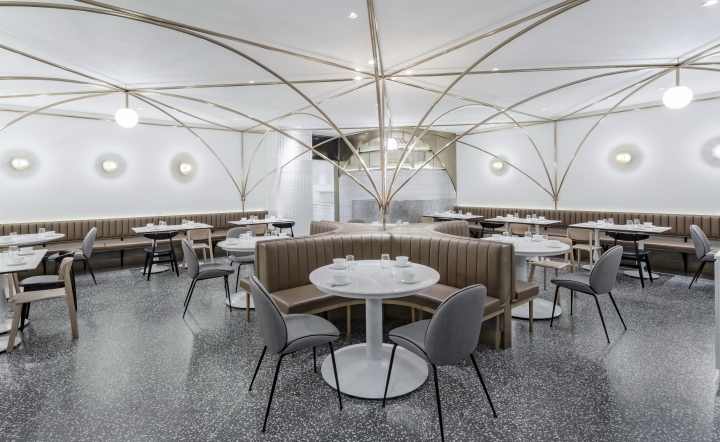
Due to the cultural fusion and collision, the food and service have gradually become Hong Kong’s unique food culture. It is noteworthy that interior decorations and atmosphere are also influenced by different cultures. Mosaic tiles, high wooden booth, and various menus on the wall, all these things echo with the bustling streetscape in Hong Kong. Retrospect Hong Kong’s history, various cultures’ fusion and colonial background, many complex conditions created today’s Hong Kong. These complex and overlapping cultures are where our design inspiration and creative come from.
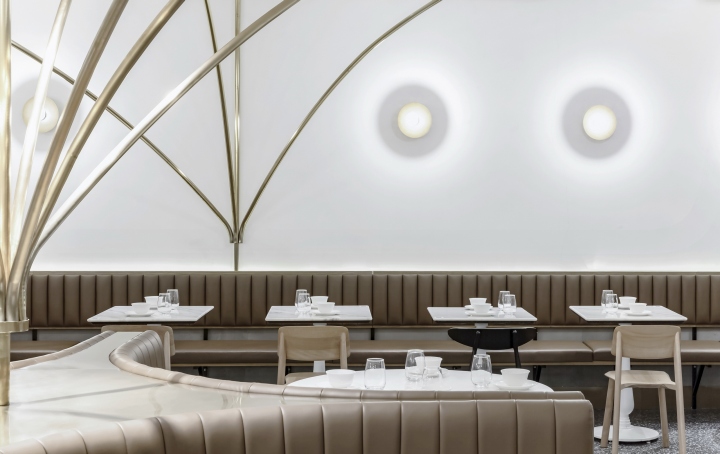
Our design team would like to create an interior space which is definitely different from traditional tea restaurant that customers usually imagine. We divided the square space by using Pointed Arch, so the floor plan was divided into four parts. In our design, there are four arches which are simplified into four structure lines by deleting the arch structure faces, this way helped us to solved arch’s heaviness. Brass tube was used to instead of arch structure lines and finished at four corners. There are four arc-shaped booths in the middle of interior space which is the visual centre of gravity and brass arch are connected in one junction above the booths. Whole layout are symmetrical, checkout counter is on the left hand of the entrance and there is a drink bar in the opposite corner.
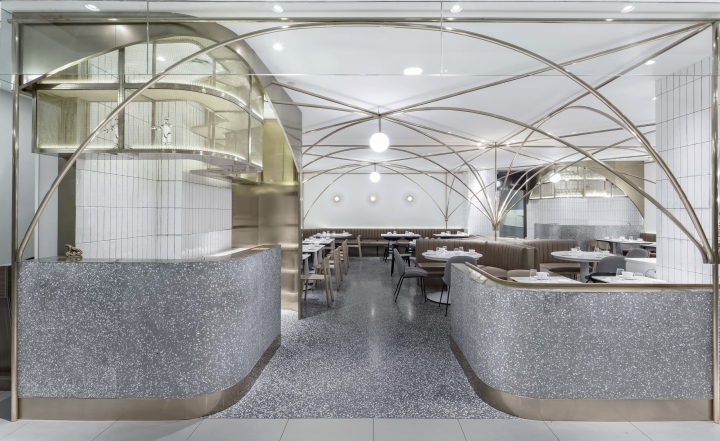
White, terrazzo and brass are key materials in the interior space. Concise white sets off the structure of brass tube, terrazzo material extended from the ground to the wall waist line. There are curved arc terrazzo on both sides of the entrance, as if both hands stretched out to welcome customers. Checkout counter and bar seem like two brass boxes and the angle of arc is same as the cross arch. Tableware can be seen through the brass net hanging shelves. In order to make the space more pure and concise, there are no more decorative chandeliers except the globular chandeliers and the copper wall lamp on the wall. Design team utilized Minimalist approach to express Gothic Arch recollect the origin of ‘Cha Chaan Teng’ and the history of colonial.
Designer (Design company): Golucci International Design
Design team: Lee Hsuheng, Zhao Shuang, Xu Jiaojiao
Photographer: Lulu Xi
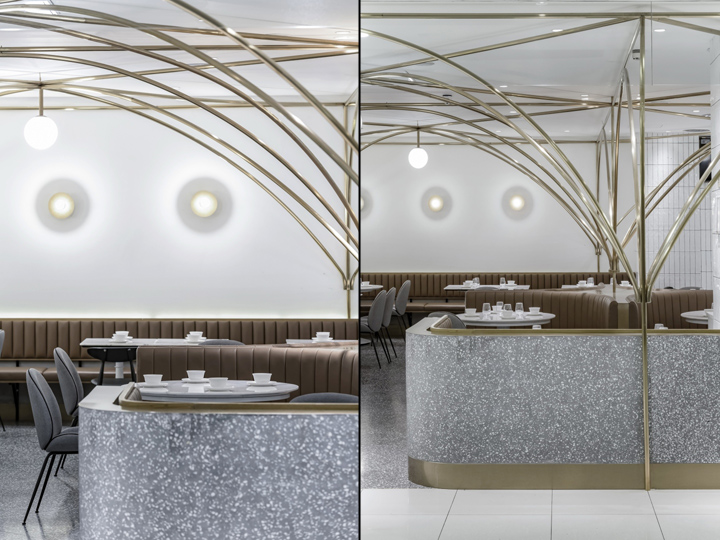
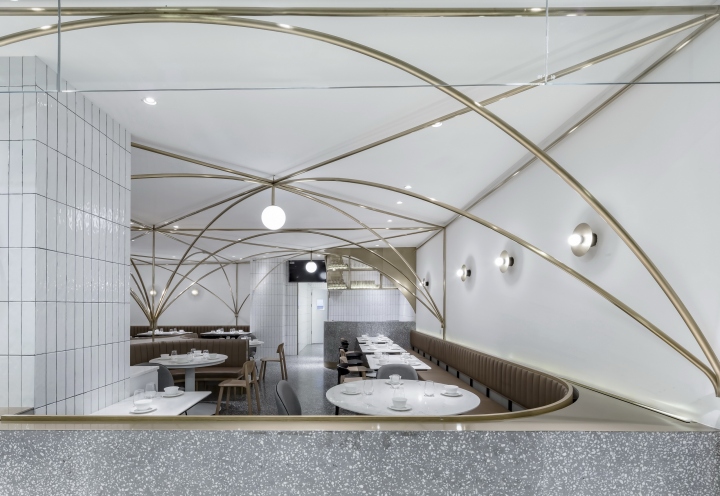


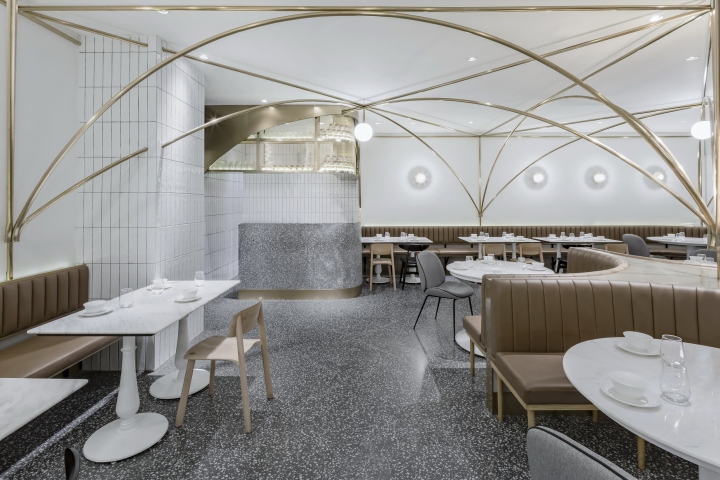

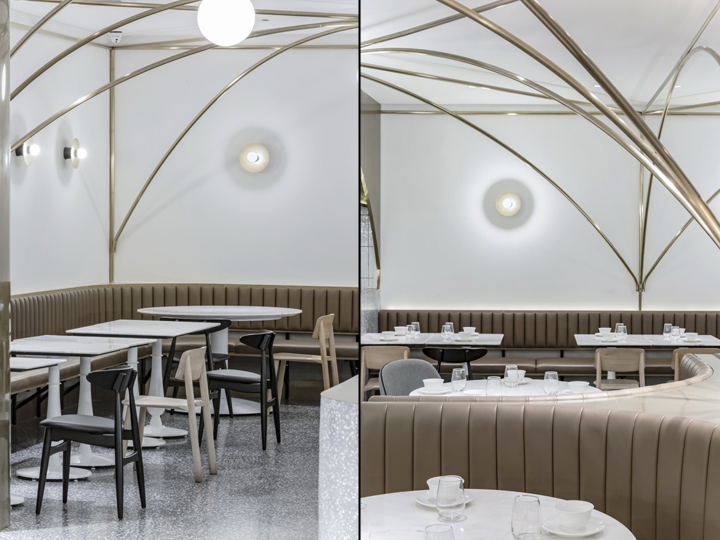
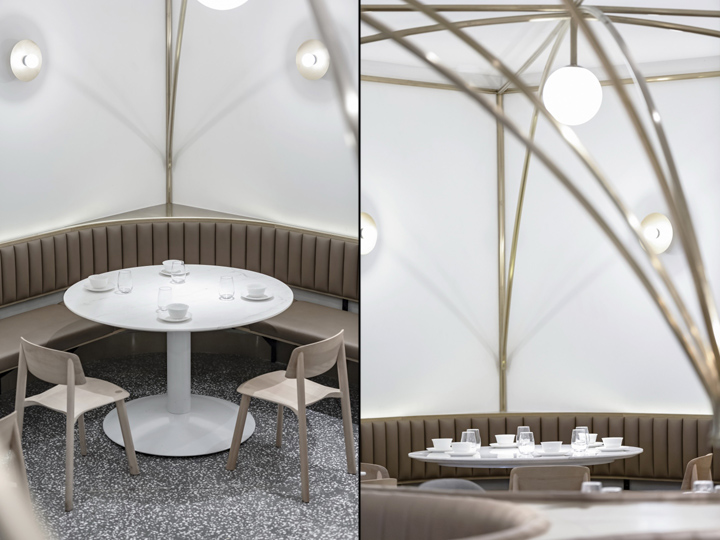
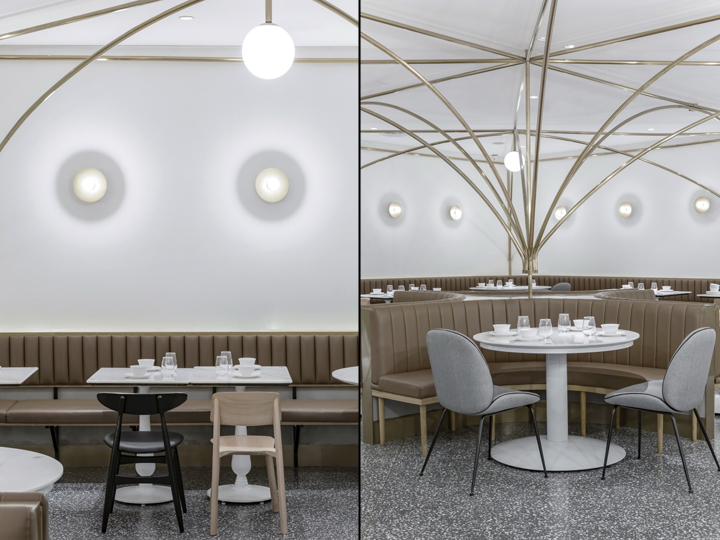
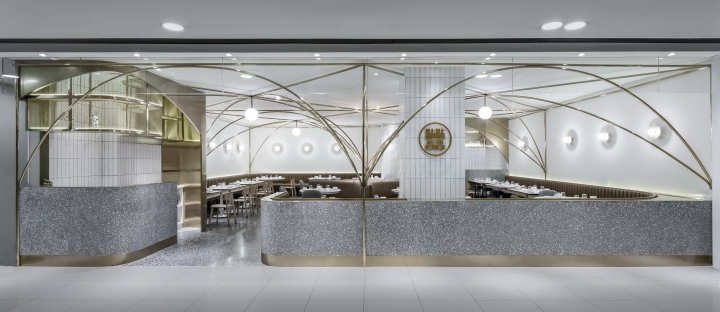














Add to collection

